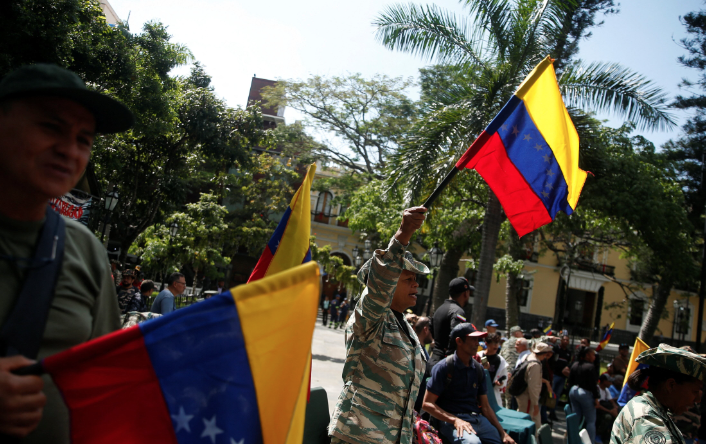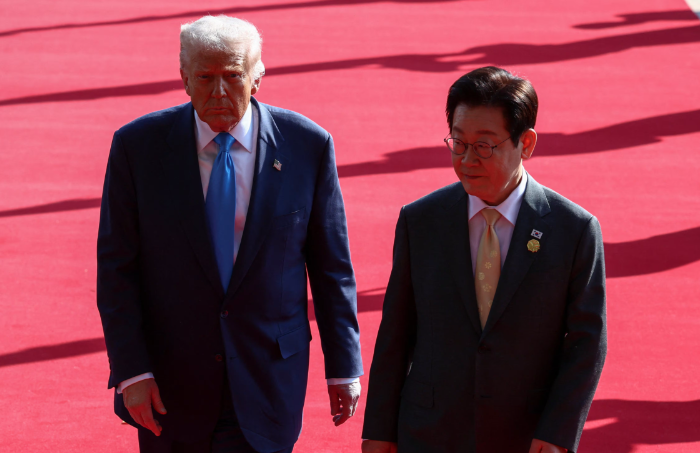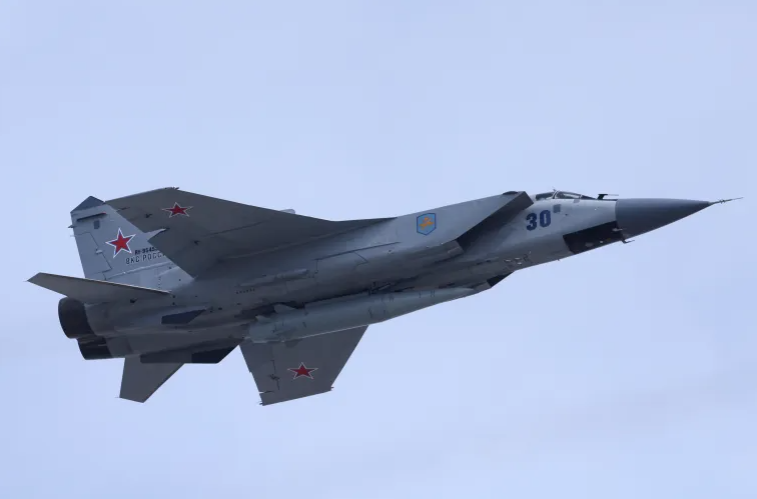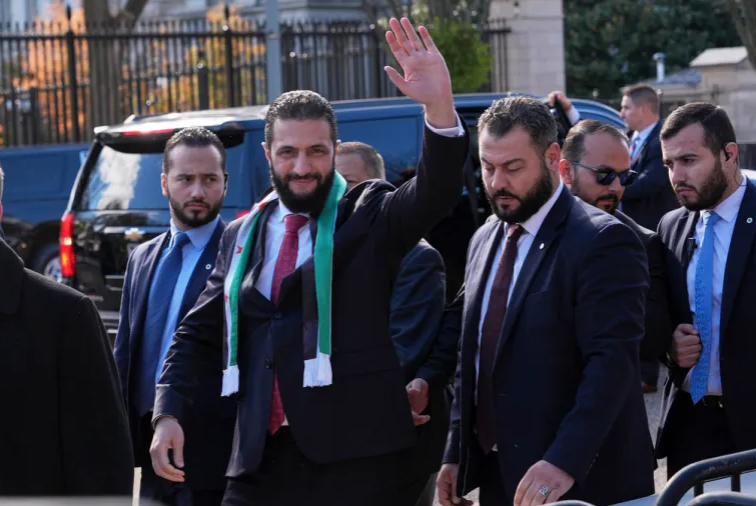WORLD NEWS

Venezuela is reportedly preparing to deploy decades-old Russian-made weapons and mount a guerrilla-style resistance or sow chaos in the streets if the United States conducts an air or ground attack, according to sources and planning documents reviewed by Reuters.
The strategy reflects a recognition of the country’s limited military capabilities, including personnel shortages, outdated equipment, and low soldier morale.
U.S. President Donald Trump has hinted at possible ground operations in Venezuela following multiple strikes on alleged drug-trafficking vessels and a significant U.S. military build-up in the Caribbean. Venezuelan President Nicolas Maduro, in power since 2013, has vowed that the country’s military and civilians will resist any foreign intervention.
Guerrilla-Style Defense and “Anarchization”
According to sources and years-old planning documents:
· Venezuela’s “prolonged resistance” would involve small military units at more than 280 locations carrying out sabotage and guerrilla tactics.
· A second, “anarchization” strategy would rely on intelligence services and armed ruling-party supporters to create disorder in Caracas and other urban areas, making the country difficult to govern for foreign forces.
Sources acknowledged the limited likelihood of success in a conventional conflict. “We wouldn't last two hours in a conventional war,” one source close to the government said.
Military Weakness and Equipment
The Venezuelan military suffers from poor training, low wages, and aging equipment. Soldiers earn roughly $100 a month, far below the $500 cost of a basic food basket. Much of the country’s arsenal—including Sukhoi fighter jets, tanks, helicopters, and shoulder-fired missiles—is outdated compared with U.S. forces.
Despite this, Maduro has sought to reassure citizens through state media, claiming that 5,000 portable Igla missiles have been deployed across the country’s mountains, towns, and cities, and that millions of civilians are being trained to defend Venezuela.
Loyalty and Strategic Messaging
Maduro has maintained strong military loyalty by following Hugo Chavez’s strategy of placing officers in government roles. Military leadership supported Maduro’s 2024 election victory, despite international observations suggesting the opposition had won.
Analysts say the show of force is more about deterrence than actual capability, signaling to the U.S. and other adversaries that invasion could trigger chaos, potentially arming guerrillas or paramilitary groups.
Challenges and Limitations
Sources indicate that Venezuela’s primary military experience in recent years has been suppressing street protests, not engaging in armed conflict against a professional army. Any resistance effort faces significant challenges, including potential desertions and logistical shortcomings.
Maduro’s government has also been criticized internationally for alleged ties to drug trafficking, although officials deny these claims.
As tensions continue, Venezuela’s strategy appears aimed at deterring a U.S. attack through a combination of guerrilla tactics, militia mobilization, and the threat of street-level instability, rather than presenting a conventional military threat.




